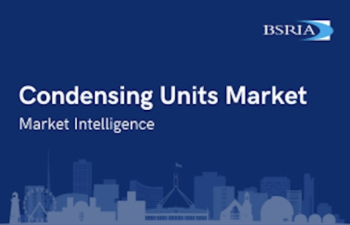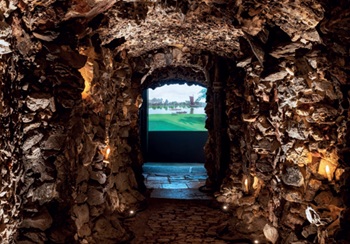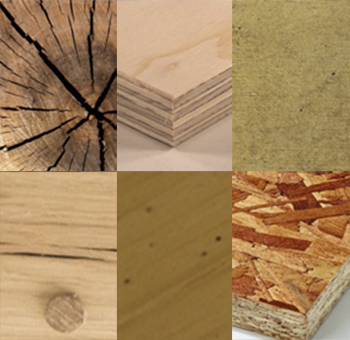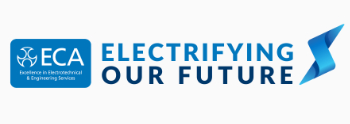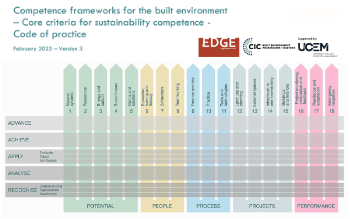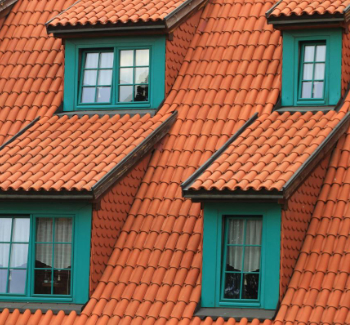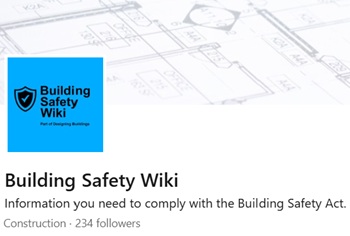Structural adhesives
The global structural adhesives market grew to USD ~18.3 billion in 2016 with the CAGR of ~7.9% from 2016 to 2022.
High demand for lightweight metals and composites in applications such as automotive, transportation, building and construction and furniture are expected to fuel continued demand of structural adhesives.
Increasing government spending in public infrastructure and commercial buildings is likely to drive the demand for structural adhesive in construction applications such as window panels, roofing, and wall coverings. Changing consumer lifestyle with changing trends in furniture designs for building and construction applications is also likely to boost demand. However, fluctuation in raw material prices and strict environmental regulations may hamper the market.
Structural adhesive used in automotive can provide better adhesion between distinct substrates such as steel and plastics. These composites are used in doors, window glass attachments, brakes and clutch plates and so on. High demand for passenger cars in countries such as China and India, is expected to impact on market growth.
Water based structural adhesive are largely used in rigid joining such as furniture panels, automotive assembly, joint cements and household appliances. Stringent regulations regarding the presence of volatile organic compound (VOC) in solvent based adhesives has positively impacted on this market.
The structural adhesive market is segmented into product types such as epoxy, acrylic, cyanoacrylate, urethanes and others:
- Urethane adhesive are lower cost and are preferable with respect to elastic bonding in applications such as automotive and construction.
- Cyanoacrylic adhesives are expected to see high growth due to their low toxicity and faster setting.
- Epoxy adhesives provide high strength and temperature resistance which enhance the rigidity and reduce noise of automotive components such as turbines and blades.
Asia Pacific accounts for the largest market share due to rapid industrialisation and growing demand from the construction and furniture industries. China, India, Thailand and Indonesia are the fastest growing regions due to government tax incentives, subsidies and easy availability of raw materials and labour. North America is expected to see limited growth due to the slow growth of industries post-recession.
The key players in this segment are 3M Company, The Dow Chemical Company, Ashland Inc., SIKA AG, Henkel AG & Co., Lord Corporation, Scott Bader Company, Arkema S.A., Hubei Huitian Adhesive Enterprise Co., Ried B.V. Co. and others.
[edit] Find out more
[edit] Related articles on Designing Buildings Wiki
Featured articles and news
Private rental sector, living standards and fuel poverty
Report from the NRH in partnership with Impact on Urban Health.
.Cold chain condensing units market update
Tracking the evolution of commercial refrigeration unit markets.
Attending a conservation training course, personal account
The benefits of further learning for professsionals.
Restoring Alexander Pope's grotto
The only surviving part of his villa in Twickenham.
International Women's Day 8 March, 2025
Accelerating Action for For ALL Women and Girls: Rights. Equality. Empowerment.
Lack of construction careers advice threatens housing targets
CIOB warning on Government plans to accelerate housebuilding and development.
Shelter from the storm in Ukraine
Ukraine’s architects paving the path to recovery.
BSRIA market intelligence division key appointment
Lisa Wiltshire to lead rapidly growing Market Intelligence division.
A blueprint for construction’s sustainability efforts
Practical steps to achieve the United Nations Sustainable Development Goals.
Timber in Construction Roadmap
Ambitious plans from the Government to increase the use of timber in construction.
ECA digital series unveils road to net-zero.
Retrofit and Decarbonisation framework N9 launched
Aligned with LHCPG social value strategy and the Gold Standard.
Competence framework for sustainability
In the built environment launched by CIC and the Edge.
Institute of Roofing members welcomed into CIOB
IoR members transition to CIOB membership based on individual expertise and qualifications.
Join the Building Safety Linkedin group to stay up-to-date and join the debate.
Government responds to the final Grenfell Inquiry report
A with a brief summary with reactions to their response.








